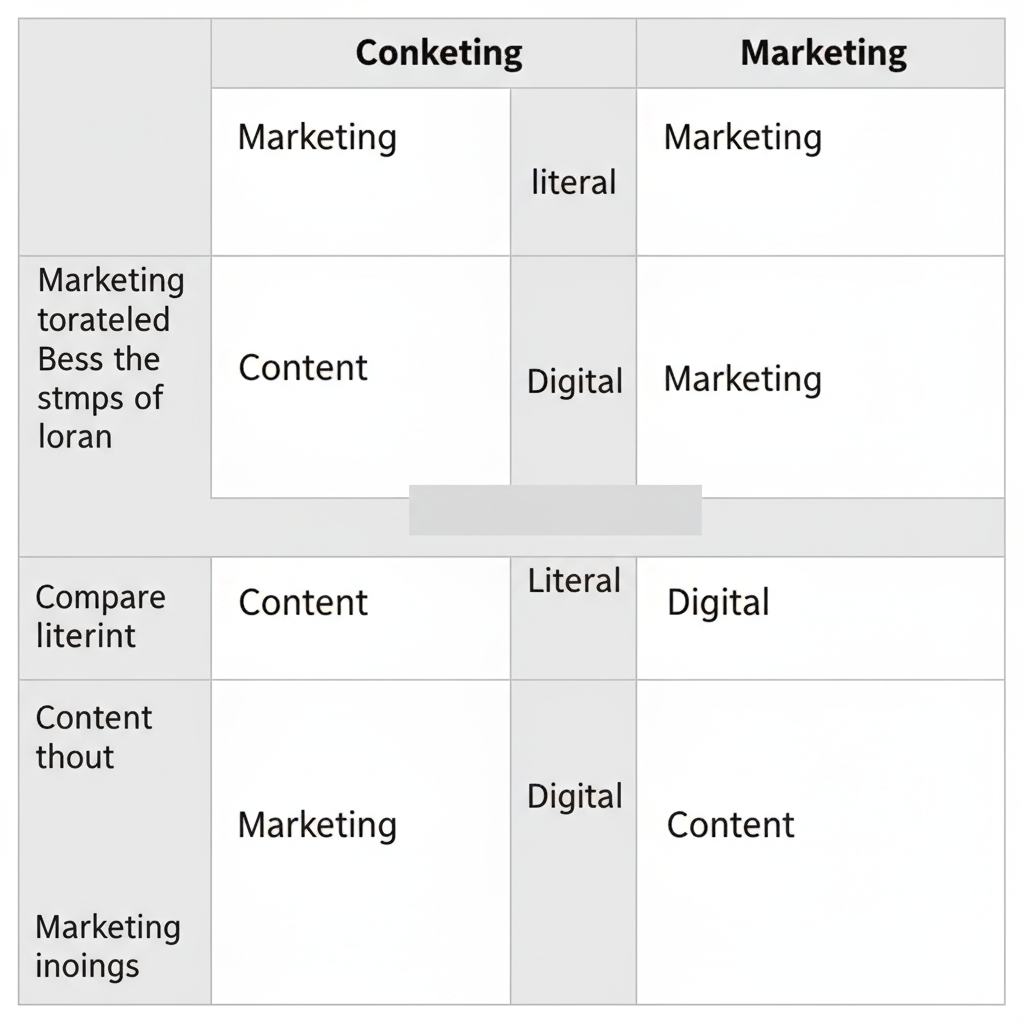Contenido Meaning in Spanish with Examples and Uses
Learn the meaning of "contenido" in Spanish, its grammatical roles, everyday examples, and uses in digital marketing and cultural contexts.

Introduction: Understanding the Meaning of "contenido" in Spanish
The Spanish word contenido is a versatile term that appears across everyday speech, professional communication, and marketing. From literature to cloud computing, contenido is integral to how ideas, information, and emotions are expressed. Grasping the contenido meaning means more than memorizing a definition—it involves understanding its grammatical roles, cultural nuances, and applications in modern contexts like digital media.

Whether you are learning Spanish or working in bilingual fields such as journalism, education, or marketing, mastering the term contenido will improve both fluency and precision.
---
Literal Meaning of "contenido" as a Noun
As a noun, contenido most commonly translates to "content" in English, referring to the material, substance, or information contained within something.
Examples:
- The content of a box.
- The material in a book.
- The information provided on a website.
In Spanish, this usage applies to both tangible items (such as packaged goods) and intangible elements (such as a blog article).
---
Grammatical Role: Noun vs. Adjective
Like many Spanish words, contenido changes meaning depending on its grammatical role.
As a Noun
Means content or contents.
Example:
- El contenido del informe es muy detallado.
- ("The content of the report is very detailed.")
As an Adjective or Past Participle
Means contained, restrained, or held back.
Example:
- Se mostró contenido durante la discusión.
- ("He remained restrained during the discussion.")
When functioning as an adjective, contenido often describes emotional or behavioral restraint rather than physical containment.
---
Examples of "contenido" in Everyday Spanish Sentences
Below are examples showing the range of meanings for contenido in daily usage:
| Spanish Sentence | English Translation | Usage Type |
|---|---|---|
| El contenido del paquete se rompió durante el envío. | The contents of the package broke during shipping. | Noun – Physical items |
| Estoy muy contento con el contenido de tu presentación. | I’m very happy with the content of your presentation. | Noun – Information |
| Se mantuvo contenido frente a las críticas. | He stayed restrained in the face of criticism. | Adjective – Emotional restraint |
| El contenido educativo de este curso es excelente. | The educational content of this course is excellent. | Noun – Learning materials |
| Los datos contenidos en este informe son confidenciales. | The data contained in this report is confidential. | Past participle – Contained |
---
"Contenido" in Digital Marketing and Media Contexts
In the digital age, contenido often refers to online assets like blog posts, videos, podcasts, and social media updates. Effective creación de contenido ("content creation") is central to engaging audiences and achieving SEO goals.

Common Digital Uses:
- Contenido web – Website content.
- Contenido multimedia – Multimedia content.
- Marketing de contenido – Content marketing.
When translating between English and Spanish, choose adjectives that suit the tone. For instance, contenido atractivo relates to engaging content—a vital factor in increasing audience retention.
---
Cultural Nuances and Regional Variations in Meaning
Though contenido retains its core meaning across Spanish-speaking countries, differences in usage emerge by region:
- Spain: Common in formal writing and colloquial contexts for emotional restraint.
- Mexico: Widely used in educational materials and broadcast media.
- Argentina: In journalism, can imply editorial scope or the agenda of a publication.
- Caribbean: As an adjective, can describe someone calm under pressure.
Appreciating these variations helps ensure accuracy in speech and writing.
---
Common Collocations and Phrases with "contenido"
Learning collocations makes your Spanish sound more fluent and natural:
| Collocation | Meaning | Example Sentence |
|---|---|---|
| contenido digital | digital content | La empresa produce contenido digital para redes sociales. |
| contenido educativo | educational content | El maestro preparó contenido educativo para sus alumnos. |
| contenido emocional | emotional restraint | Mostró un contenido emocional impresionante durante la crisis. |
| contenido de valor | valuable content | Los blogs con contenido de valor generan más tráfico. |
| contenido explícito | explicit content | La película fue clasificada por su contenido explícito. |
---
False Friends and Common Translation Mistakes
Learners sometimes mistake contenido for similar-looking words:
- Contento: Means "happy" or "pleased," not "content" as in material.
- Continente: Means "continent" or "container," unrelated to content.
- Contendio: A common misspelling of contenido.
Mistake Example:
"Estoy contenido" misused instead of "Estoy contento".
This shifts the meaning from "I’m happy" to "I’m restrained," creating confusion.
---
Tips for Mastering "contenido" in Speaking and Writing
- Identify context fast – Gauge whether the speaker means information, objects, or emotions.
- Use adjectives for precision – e.g., contenido detallado, contenido emocional.
- Switch roles in practice – Create sentences where contenido functions as both noun and adjective.
- Study industry usage – Follow Spanish-language content from marketing or educational sources.
- Recall proper pronunciation – Stress falls on con-te-NI-do.

By combining exposure, analysis, and active practice, you'll build lasting proficiency with this multifaceted term.
---
Conclusion: The Importance of Context in "contenido" Meaning
The contenido meaning in Spanish crosses boundaries—from tangible items and information to emotional restraint. Its adaptability makes it significant in traditional language learning and modern fields like SEO and media production.
Whether you’re describing the elements of a book, outlining a marketing strategy, or noting someone’s composure, contenido plays a pivotal role. Paying attention to context, regional usage, and collocations will help you avoid errors and communicate effectively.
Now that you understand the layers of meaning behind contenido, apply these insights in your conversations, translations, and professional projects to enhance your Spanish fluency—and connect authentically across cultures.




